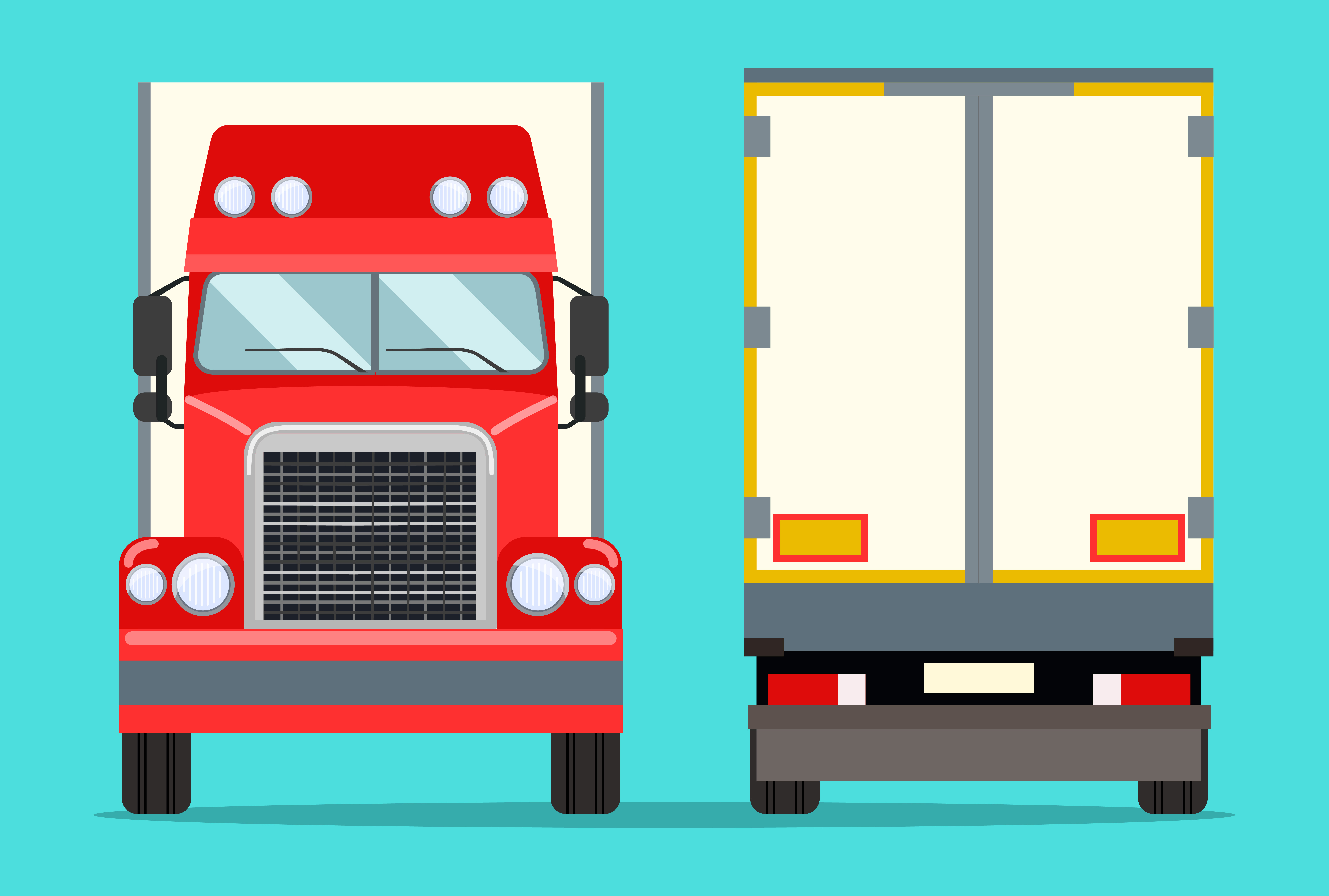
25 Jan Truck Lift Problems and Solutions
Driving a lifted truck boosts your confidence, making you feel like the king of the road. It gives great fields of view and draws attention while commanding respect from every road user. Lifting the truck is mainly for aiding in traversing rough terrain. However, installing the lift kit in your truck may cause some problems such as vibrations, noises, and handling difficulties. Highlighted herein are some common lift installation problems and their solutions.
Rattling Noises From Under the Truck
Installing a lift kit means the vehicle is gaining height, which makes the installed leaf-spring bolts and the control-arm bolts lose due to increased straining. The bolts and control arm loosens, causing rattling noises to arise from underneath the vehicle. Therefore, it is very crucial to keep checking the bolts and control arms of your truck at the sound of any rattling noises to tighten them in time before they unravel completely. Also, remove or retighten the underarm bushing after every 500-1000 miles and continuously check the lug nuts on the wheels especially if they are made of aluminum or steel as they rust easily causing the tattling.
Shackles Poor Fit
Shackles may fail to fit on the new leaf spring, and frame mounted spring hanger bushings. Use liquid soap to help reduce friction and slide the shackle in place. Also, hammer the shackle in place, taking precaution not to damage both the bushes and shackles. Alternatively, push the shackle down over the spring before putting the screw through and raising to push it on the frame side mount.
Slow Speed
After installing the lift kit, some Jeeps may become slower in speed because the speedometer is likely off by about 10% especially on highways. Install an adjustable electronic speedometer, a new speedometer drive gear or electronic speedometer adjuster. Reinstall gears that complement the terrain you are driving in as well as the tire size from the stock.
Death Wobble
A death wobble is the violent oscillation of the front axle making the car to shake in a manner difficult to control. Check for tire imbalance and put tires with least weight at the front axle. Also, ensure that the tie-rod ends, ball joints, control-arm bushings, spring bushings, and hub bearings are all tight and replace if worn out.
Wobbling or Clicking Seat
A weak subframe designed for weight reduction instead of strength, which is used to adjust the seat up or down, breaks down causing a wobbling or clicking seat. You can use the ultimate power seat kit to replace in your seat at the comfort of your home or take your truck to a professional for a replacement.
Vibration Varies with Road Speed
A new lift can result in increased vibration at either high or low speed. Check the driveshaft angle and geometry. Clearance of the yoke will reduce vibration. The opinion on the drive shaft should point directly to the transfer case output. The U-joints on the shaft should be at equal angles to the shaft and yoke.

